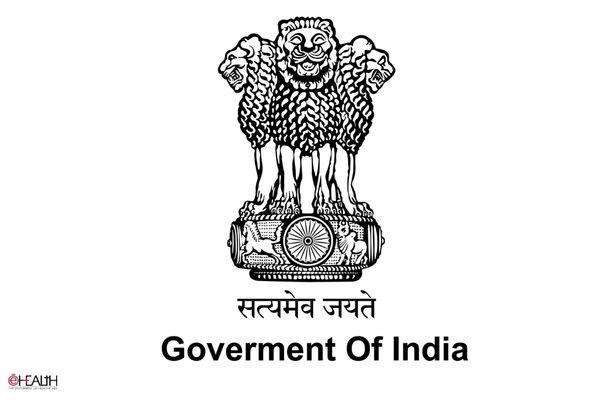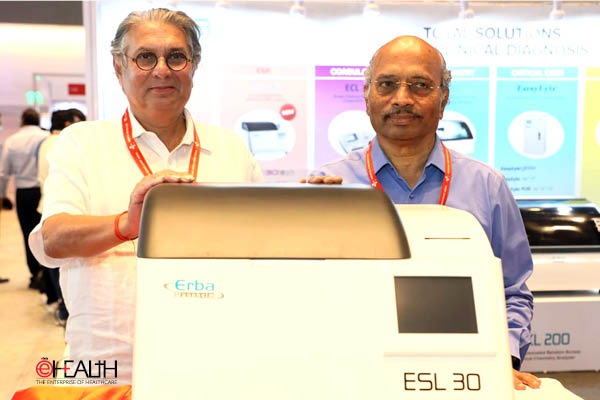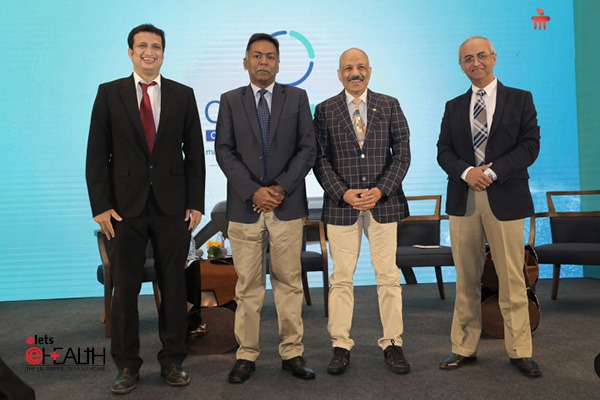UCSF and the Cell Technologies business of GE Healthcare Life Sciences have begun a unique collaboration aimed at overcoming the lack of blood-forming stem cells available to patients suffering from life-threatening diseases such as lymphoma, myeloma, leukemia or sickle cell anemia. The goal of the $840,000, three-year project is to make better use of a rich source of routinely discarded stem cells: umbilical cord blood from the birth of a baby.
Every year, more than 14,000 U.S. patients are diagnosed with diseases that have the potential to be treated with a transplant of blood-forming stem cells. These patients need a way to replace their diseased blood cells with healthy ones that can grow and flourish.

For many, the best option would be a transplant of stem cells from the bone marrow or blood of a sibling or family member. But for some 70 percent of patients, no matching family donor is available. Finding unrelated donors whose tissue types match isnt easy.
As a result, many patients die or become too ill for a transplant. At UCSF, specialists perform about 190 transplants in adults each year and the number is rising, according to Andrew Leavitt, MD, medical director of the UCSF Adult Blood and Marrow Transplant Laboratory. We have patients who cant get optimal therapy because we cant find a donor to provide a transplant, Leavitt said. For these patients, its a matter of life and death.
Another potential source of hematopoietic (blood-forming) stem cells is the blood that remains in the umbilical cord and placenta after the birth of a baby. While its usually discarded, many countries are now establishing cord blood banks, enabling parents to donate their babys cord blood for future use by others.

The UCSF/GE Healthcare collaboration will focus on cord blood, which has some key advantages for transplants: Its loaded with the stem and progenitor cells that make all the other cells in the blood system “ including white cells, red cells and platelets. It can be collected easily without causing pain or risk to the donor. And cord blood doesnt need to match the tissue type of the patient receiving it as closely as bone marrow does.
In recent years, a growing number of patients have received cord-blood transplants. They work wonderfully for many sick children, Leavitt said, but for most adult patients, cord blood simply doesnt provide a large enough number of stem cells.
Now, using a Discovery Grant awarded by the University of Californias Office of the President, along with matching funds from GE Healthcare, a group of scientists led by Leavitt has begun a three-year project. Theyll be hunting for chemical compounds that can be added to the stem cells and progenitor cells in cord blood to increase their population. If the process works, the number of cells transplanted should be large enough to replace the patients diseased blood system with a healthy one.
Be a part of Elets Collaborative Initiatives. Join Us for Upcoming Events and explore business opportunities. Like us on Facebook , connect with us on LinkedIn and follow us on Twitter , Instagram.












